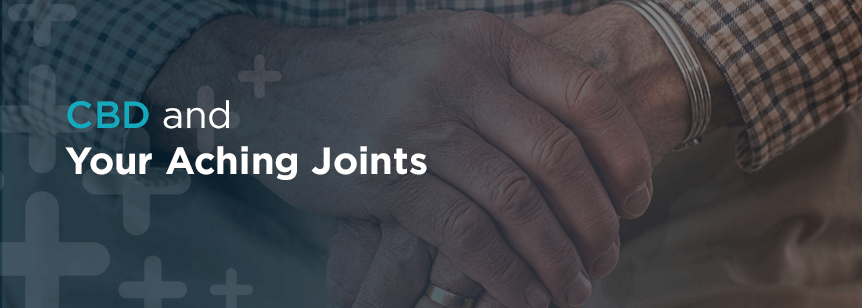
The most common type of chronic pain is musculoskeletal pain, especially in the joints and back. And the most common cause of joint pain is arthritis, which affects more than 50 million adults in the U.S. It limits physical activity and is a leading cause of disability. The most common site of joint pain is the knee, but pain in the hands and hips is also common.
The pain can be extreme, as evidenced by statistics from the Centers for Disease Control and Prevention. About 25% of adults with arthritis—15 million people—say they experience severe pain (rated as a 7 or higher on a scale from 0 to 10). Half of adults with arthritis have persistent pain, which means they’ve been in pain on most or all days in the last three months.
With statistics like that, it’s not surprising that many people with joint pain also experience depression and anxiety.
For joint-pain sufferers, help can be hard to find. Opioids are sometimes prescribed, but they come with side effects ranging from dizziness to respiratory depression as well as a risk of addiction.
Over-the-counter medications like acetaminophen and ibuprofen are common remedies but sometimes don’t provide sufficient relief. Lifestyle changes, like losing weight and increasing physical activity, are also recommended but difficult for many people to achieve.
Research increasingly points to another option: cannabidiol (CBD), which is extracted from cannabis plants. CBD doesn’t produce a “high.” There are many ways to use it, including taking CBD capsules orally, adding the liquid to food or drinks, taking it as an oral spray, and using it to make creams or gels that can be applied to painful joints.
Researchers don’t yet understand exactly why CBD provides relief from joint pain. But one theory is that it attaches to specialized receptors in the brain and immune system. One of them, CB2, suppresses pain and inflammation. Another thought is that CBD causes the body to produce natural cannabinoids that attach to the CB2 receptors.
Whatever the precise mechanism of action, millions of people have tried CBD for pain relief and found that it has a positive effect.
For years, scientists have been hampered in their ability to conduct research on CBD. That’s because, despite being legal in more than 60% of U.S. states, districts, and territories, medical marijuana still illegal at the federal level. The Drug Enforcement Administration (DEA) classifies marijuana as a Schedule 1 drug—equivalent to heroin, LSD, and ecstasy. So researchers need a special license to study it.
In recent years the DEA has agreed to support more research and loosen restrictions on scientists. The hope, among both health professionals and patients, is that additional studies will help determine whether and how CBD can help with numerous medical conditions.
In the meantime, proponents of CBD use for joint pain point to research that already exists. A review of 157 studies published in Therapeutics and Clinical Risk Management, for example, looked at the use of cannabinoids, a category of chemical compounds that includes CBD, for the treatment of many types of difficult-to-treat pain. Their addition to the pharmacological resources available for treating pain “shows great promise,” the study author concluded.
It’s also worth noting that Sativex, an oral spray that contains both CBD and tetrahydrocannabinol (THC, which has psychoactive effects), has been approved for treatment of neuropathic pain in people with multiple sclerosis since 2005 and for intractable cancer pain since 2007. A study in the journal Rheumatology demonstrated that it’s safe and effective for treating pain caused by rheumatoid arthritis.
Because of the lack of research and the fact that CBD oil has only recently been legalized in some states, there’s a bit of a “Wild West” aspect to using it. If you decide to try it, keep these facts in mind:
Andrea Barbalich, a journalist who has held top editorial positions at Meredith, Scholastic, and Rodale, writes frequently about health for RD, AARP, Health Monitor Network, and other outlets.
No Information on MarijuanaDoctors.Com should be used to diagnose, treat, prevent or cure any disease or condition. You can view our Full Disclaimer here.